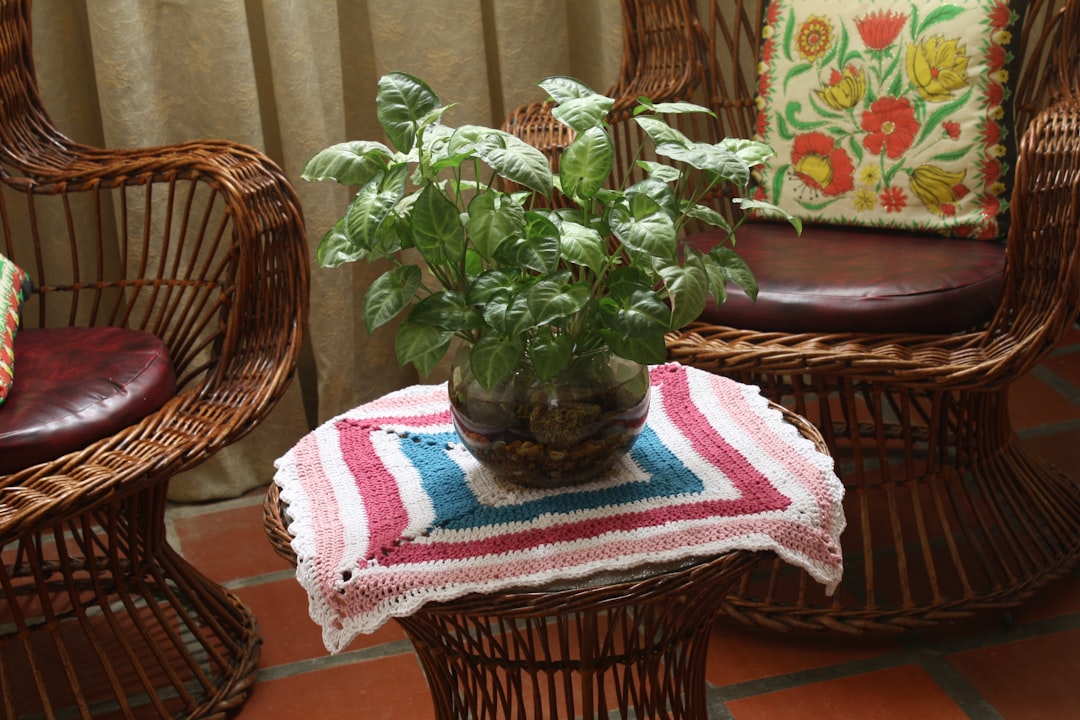The Enchanting Spires in Your Garden

When it comes to creating a captivating garden, there are certain plants that stand out with their unique beauty and charm. One such plant is monkshood, a perennial that forms stunning spires of purple or blue flowers held gracefully above attractive foliage. Similar to delphinium, monkshood adds a touch of elegance and drama to any garden setting.
Monkshood, scientifically known as Aconitum, belongs to the Ranunculaceae family. It is a herbaceous perennial that is native to mountainous regions of the Northern Hemisphere. The plant is characterized by its tall, erect stems that can reach heights of up to 6 feet. Atop these stems, clusters of hood - shaped flowers bloom, creating a visually striking display.
The flowers of monkshood are truly a sight to behold. Their deep purple or blue hues are intense and rich, making them a focal point in the garden. The shape of the flower, resembling a monk's hood, gives the plant its common name. These flowers typically bloom in late summer to early fall, providing a splash of color when many other plants are starting to fade.
In terms of foliage, monkshood has deeply divided, palmate leaves that are dark green in color. The leaves are not only attractive on their own but also serve as a perfect backdrop for the vibrant flowers. The contrast between the dark foliage and the bright flowers creates a beautiful visual effect that enhances the overall aesthetic of the garden.
One of the great advantages of growing monkshood in your garden is its hardiness. It is a relatively low - maintenance plant that can tolerate a wide range of soil conditions, as long as the soil is well - drained. Monkshood prefers partial shade to full sun, although in hot climates, some afternoon shade can help protect the plant from excessive heat.
Propagation of monkshood can be done through seeds or by division. Seeds should be sown in the fall or early spring. However, it's important to note that monkshood seeds have a low germination rate, so it may take some patience. Division is best done in the spring or fall. When dividing the plant, make sure each division has a good root system and a few shoots.
While monkshood is a beautiful addition to any garden, it is also important to handle it with care. All parts of the plant are highly toxic if ingested. This toxicity can be both a blessing and a curse. On one hand, it deters pests such as deer and rabbits from munching on the plant. On the other hand, gardeners need to take precautions when handling the plant, wearing gloves to avoid direct contact with the sap.
In garden design, monkshood can be used in a variety of ways. It can be planted in the back of a border to add height and vertical interest. It also looks great when combined with other perennials such as daylilies, hostas, and asters. The combination of different colors, textures, and bloom times can create a dynamic and ever - changing garden throughout the growing season.
Another interesting aspect of monkshood is its historical and cultural significance. In ancient times, the plant was used for medicinal purposes, although due to its high toxicity, it is no longer commonly used in modern medicine. It has also been associated with various legends and myths. In some cultures, monkshood was believed to have magical properties and was used in rituals.
As you plan your garden, consider adding monkshood to the mix. Its beautiful spires of purple or blue flowers, attractive foliage, and relative ease of care make it a wonderful choice for both novice and experienced gardeners. Just remember to handle it with caution and enjoy the beauty it brings to your outdoor space.
Overall, monkshood is a plant that offers a lot to gardeners. It provides a long - lasting display of color, adds structure to the garden, and has an interesting backstory. Whether you are looking to create a cottage garden, a formal garden, or a naturalistic landscape, monkshood can play an important role in achieving your desired aesthetic. So, go ahead and explore the world of monkshood and let it transform your garden into a haven of beauty.